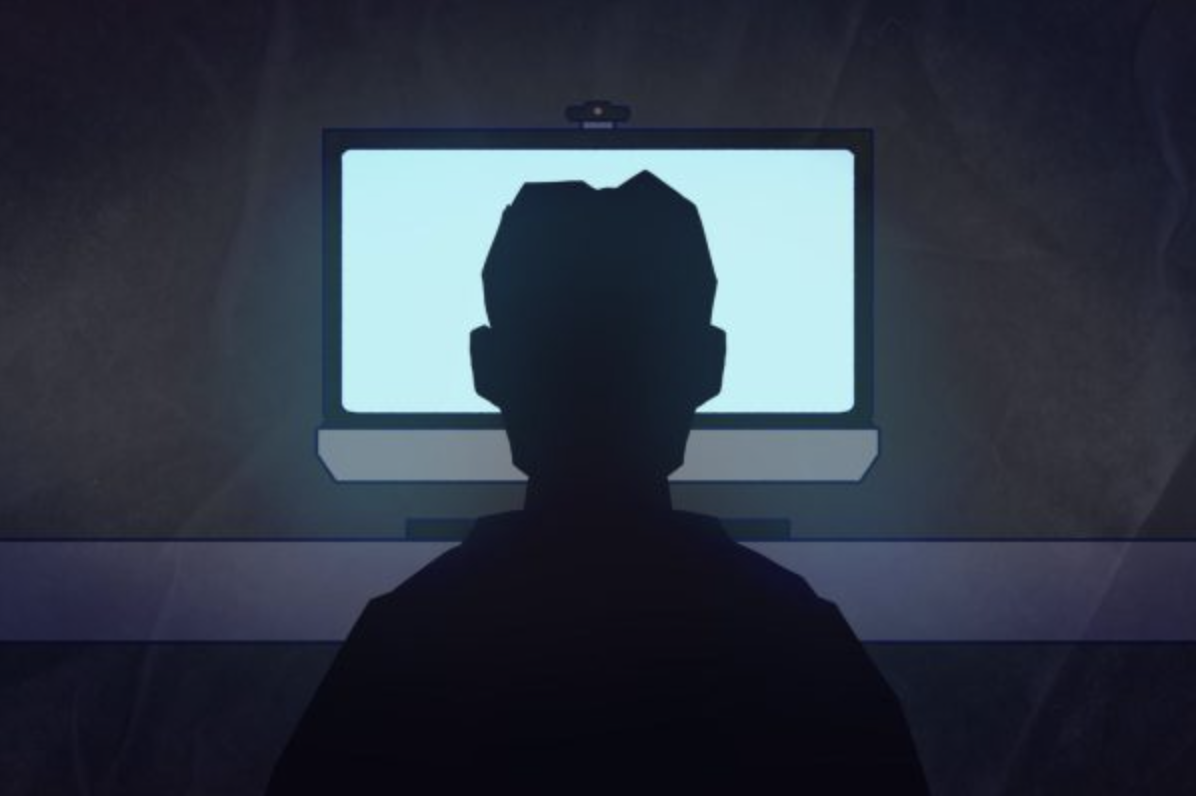Kicking off their shoes and tossing their heavy backpack onto the floor, a student arrives at home after a long day at school. They slump onto their bed and mindlessly open TikTok, spiraling into an hour of silent monotonous doom scrolling before transitioning to Instagram reels. After swiping through hundreds of memes and trends, they unglue their eyes from the screen and decide to tackle their stack of homework. Beginning to type their response, they soon become perplexed by the mentally demanding assignment, immediately jumping to Google the answers. Their eyes veer towards the notification at the top of their screen, and the continuous buzzing sound lures them back onto social media. Once they exit their digital world, the sun has set, they didn’t complete any homework and they can’t even recall the last few TikToks they just watched.
As individuals’ reliance on technology increases, they have forgotten a life where phones and computers weren’t integral sources of entertainment and assistance for completing tasks; new generations may not be familiar with this life at all. Users are now constantly dependent on technology, resulting in decreased mental stimulation and a decline in cognitive function.
“Chronically online” social media users — individuals who are overly invested in digital events and slang terminology — expose themselves to cognitive overload. This phenomenon disrupts the brain’s ability to process information. Some psychiatrists and neuroscientists have been using the term “digital dementia” to describe the cognitive impairments caused by excessive screen usage. Although not officially recognized as a medical condition, “digital dementia” frames the various repercussions of internet overindulgence.
German neuroscientist Manfred Spitzer first coined the term in his 2012 book “Digital Dementia,” in which he analyzed how rapid information processing harms attention spans, critical thinking skills, spatial awareness and creativity.
Various experiments have since upheld Spitzer’s theories. A 2022 Journal of Integrative Neuroscience study demonstrated that chronic sensory stimulation caused by excessive screen exposure heightens the risk of cognitive and behavioral disorders, which mirror symptoms consistent with adults in the early dementia stages — impaired concentration, anterograde or retrograde amnesia and worsened social skills.
Additionally, excessive screen time and media multitasking can hinder executive functioning, memory, sensorimotor development and academic performance. Researchers found that these effects can manifest in adulthood after prolonged exposure to screens earlier in life. Screen time diminishes the quality and quantity of human interaction, which inhibits language development. Too much screen usage also connects to social-emotional issues such as sleep disturbances, depression and anxiety.
National Institutes of Health (NIH) researchers hypothesize that needless screen time during key brain development periods for Generation Z will lead to early-onset dementia later in life. Specifically, over four hours of daily screen time correlates with a heightened risk of vascular dementia, Alzheimer’s disease and all-cause dementia. Researchers also predict that between 2060 and 2100, the presence of Alzheimer’s disease and related dementias will increase four to sixfold.
In a 2022 NIH study, researchers inspected the effects of time spent actively versus passively on technology using sedentary behaviors. Cognitively active computer use showed signs of reduced dementia risk. In contrast, cognitively passive television viewing displayed signs of increased risk, suggesting that passive screen time can raise the likelihood of memory issues.
Child and Adolescent Psychiatrist Dr. Clifford Sussman said he questions the extent to which chronically online behaviors can cause measurable long-term brain damage. Sussman said cognitive skills can weaken over time when not used regularly.
“We used to have to rack our brains to think of the word for something, but now if I forget, I can whip out my cell phone and have the scientific definition in two seconds,” Sussman said. “The prefrontal cortex is not being used as much, so it’s certainly not helping [our brains] get any exercise.”
When describing internet addiction, Sussman mentions instant gratification — the predominant incitement behind drug and gambling addictions — as the underlying cause. Instant gratification triggers the brain’s reward pathways that release dopamine, the chemical that rewards pleasurable actions and controls motivation. As technological instant gratification is readily available, satisfaction occurs quicker and more often, releasing more dopamine.
“People get desensitized to constant stimulation,” Sussman said. “It’s harder to stimulate somebody who’s expecting constant stimulation.”
Downregulation, the process of brains becoming less reactive to the effects of exaggerated behaviors, results in reward deficiency syndrome, Sussman said. Its effects may include boredom and irritability. Reward deficiency syndrome distracts individuals from any other activity apart from their compulsion, he said.
“The top priority becomes getting your next screen hit,” Sussman said. “It becomes something that preoccupies you.”
Reward deficiency syndrome is reversible, however — people possess the ability to regain their dopamine receptors over time with delayed gratification or low dopamine activities, Sussman said.
Despite the reversibility of reward deficiency syndrome, the effect on memory cues is arguably everlasting. Physiologist Ivan Petrovich Pavlov discovered in the 1890s that brains associate certain events with cues. If the brain recognizes a cue, it will anticipate the corresponding event. Therefore, even if an individual fully detoxes from an addiction, their brain is sensitive to the cue associated with the addictive behavior. Sussman compared this to alcoholism — if an alcoholic walks into a bar years after recovery, the setting will make the brain release dopamine by anticipating the drinking. When screen dependency alters the dopamine system, the brain is prone to the risk of relapsing when triggered by a cue.
In the brain, gray matter controls emotions, memory and movement, while white matter regulates the exchange of information and communication between different parts of the system, Sussman said. Chronic sensory stimulation alters gray and white matter, so while one’s brain is developing, it could potentially accelerate neurodegeneration in adulthood.
Sussman examined functional magnetic resonance images that show localized brain activity. He was able to analyze the changes in gray and white matter, finding similarities between gamers and long-time drug users. Additionally, he observed that the striatum — a major component of the reward pathway where dopamine flows — experienced a white matter reduction. White matter damage slows the brain down because the myelin sheaths, which make signals travel faster, deteriorate.
Multitasking forces the brain to rapidly shift between multiple tasks instead of focusing on only one. In the documentary “Screenagers,” Director Delaney Rustin references a study where mice shifted their focus between two tasks. As a result, their hippocampi — the memory center of the brain — reduced in size. The study’s findings led researchers to suspect that habits like scrolling through social media while doing homework may cause irreversible damage to long-term memory.
Junior Vivienne Van Leeuwen has a daily screen time average of five hours and 27 minutes, with TikTok as a primary contributor. Van Leeuwen tends to multitask, usually texting her friends and doing homework simultaneously. She acknowledges that her behavior is a prospective reason for mental limitations and says her phone usage “fogs her brain.”
“I’m scrolling on TikTok, but I could go on a walk, I could do some work, I could do some extra studying,” Van Leeuwen said. “I find myself multitasking a lot.”
Sussman is concerned about the ramifications of intensive screen time. He warns youth that researchers must further evaluate the concept of digital dementia since technology addiction has profound long-term consequences on health and well-being.
“[Addiction is] something that kids are doing to their brains by using screens heavily that could come back to bite them later in life,” Sussman said. “They say when you’re addicted to something, you’re addicted for life.”


















